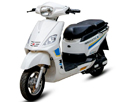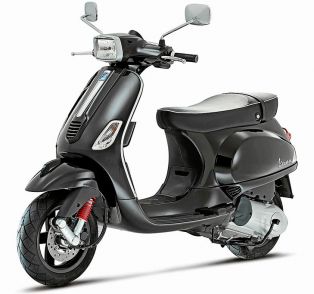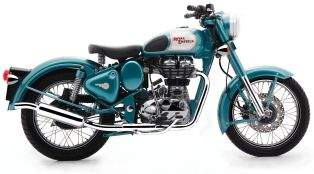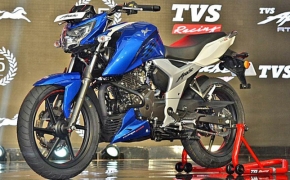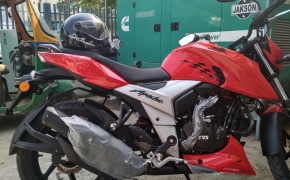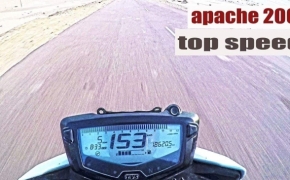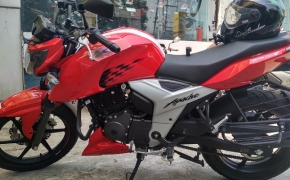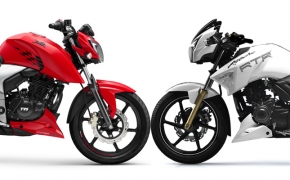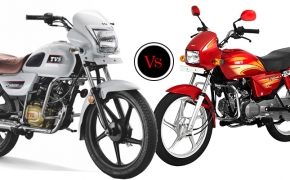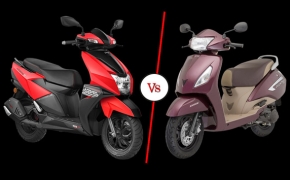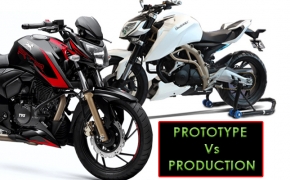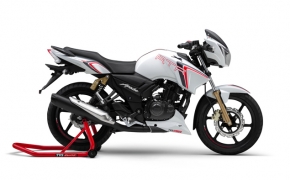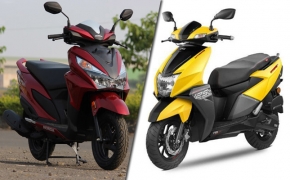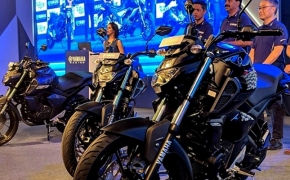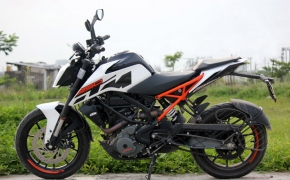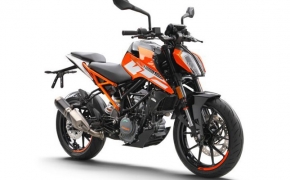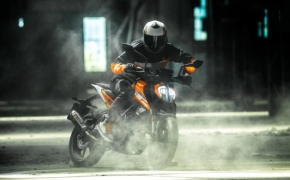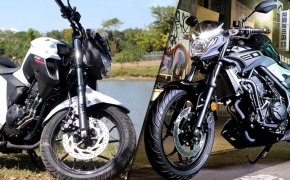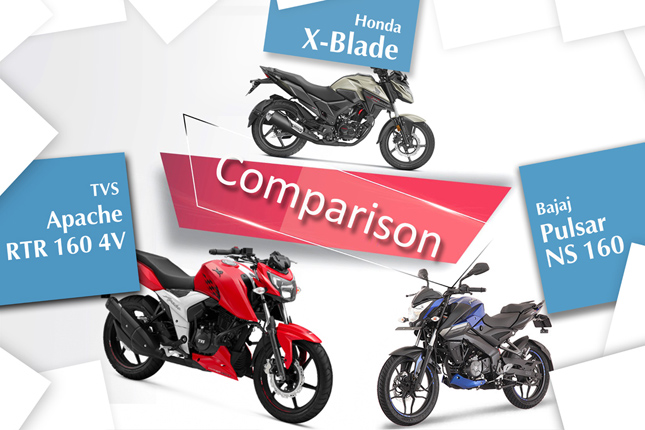 Bajaj Pulsar NS160 has two new competition in two consecutive days, in the form of Honda X-Blade 160 and Apache RTR 160 4V. All three motorcycles fall under the same category of naked bikes, and are also priced quite similarly. But the similarities end there, as the bikes have different stuff to offer. Here's a quick comparison between the three motorcycles, choosing the winners in every aspect.
Bajaj Pulsar NS160 has two new competition in two consecutive days, in the form of Honda X-Blade 160 and Apache RTR 160 4V. All three motorcycles fall under the same category of naked bikes, and are also priced quite similarly. But the similarities end there, as the bikes have different stuff to offer. Here's a quick comparison between the three motorcycles, choosing the winners in every aspect.Looks and design:
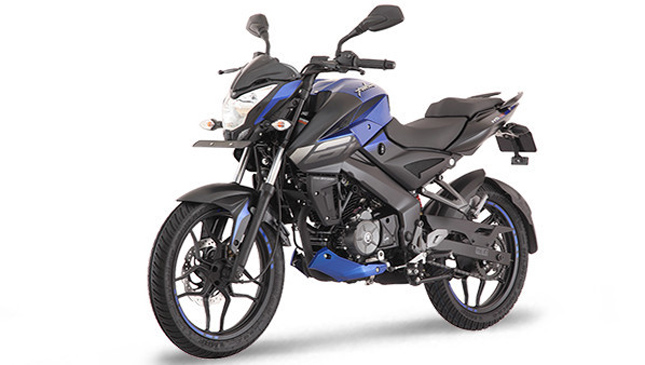 The Apache RTR 160 4V takes most of its design cues from its elder sibling, the RTR 200 4V. The bike is an amalgamation of the previous design and recent 200 4V design, making it a looker. Honda X-Blade 160 on the other hand, is a Hornet 160R with longer windscreen, better seat, and grab rails. The engine, chassis and everything else are the same as Hornet 160R. Pulsar NS160 is a well known design, as it is exactly similar to the NS200, just getting a bit downgraded hardware for the capacity.
The Apache RTR 160 4V takes most of its design cues from its elder sibling, the RTR 200 4V. The bike is an amalgamation of the previous design and recent 200 4V design, making it a looker. Honda X-Blade 160 on the other hand, is a Hornet 160R with longer windscreen, better seat, and grab rails. The engine, chassis and everything else are the same as Hornet 160R. Pulsar NS160 is a well known design, as it is exactly similar to the NS200, just getting a bit downgraded hardware for the capacity.Winner- Pulsar NS 160
Engine and performance:
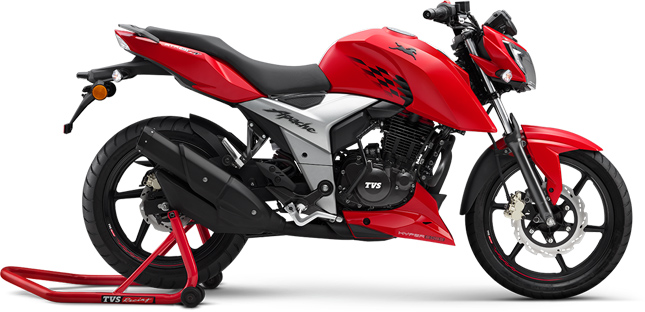 The Apache RTR 160 4V has a 159.7cc engine which churns out a class leading 16.5 bhp at 8,000 RPM and 14.8 Nm of torque at 6,500 RPM. The Apache has fuel injected variant as well. The NS 160 stands next with a 160.3cc engine producing 15.3 bhp and 14.6 Nm respectively. The least powerful of the lot is the Honda X-Blade 160, which has a 162.7cc engine and makes 13.93 bhp and 13.90 Nm. All three motorcycles have a 5 speed manual transmission and wet multiplate clutch unit. Both Pulsar and Apache have oil cooled engines with the Apache having an upper hand with ram air assist. The Honda X-Blade is a conventional air cooled engine.
The Apache RTR 160 4V has a 159.7cc engine which churns out a class leading 16.5 bhp at 8,000 RPM and 14.8 Nm of torque at 6,500 RPM. The Apache has fuel injected variant as well. The NS 160 stands next with a 160.3cc engine producing 15.3 bhp and 14.6 Nm respectively. The least powerful of the lot is the Honda X-Blade 160, which has a 162.7cc engine and makes 13.93 bhp and 13.90 Nm. All three motorcycles have a 5 speed manual transmission and wet multiplate clutch unit. Both Pulsar and Apache have oil cooled engines with the Apache having an upper hand with ram air assist. The Honda X-Blade is a conventional air cooled engine.Winner- Apache RTR 160 4V
Brakes, chassis and suspension:
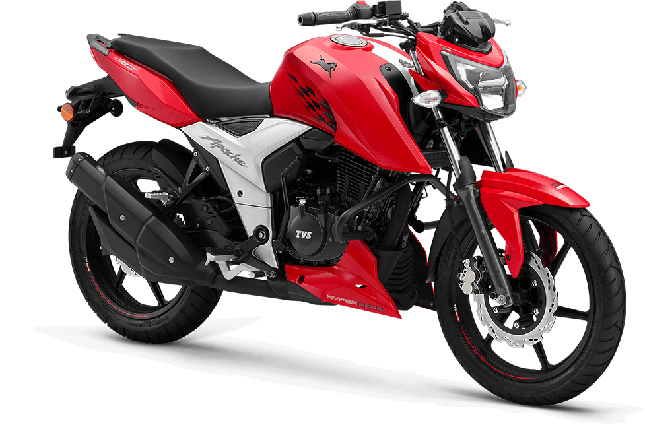 The Bajaj Pulsar NS 160 sports a steel perimeter frame while the Apache RTR 160 4V has a race derived double cradle split synchro stiff frame. The Honda is again left behind as it gets a conventional diamond type frame. Braking duties are carried out by 270mm discs at the front for the TVS and Honda, while the Bajaj gets a smaller 240mm disc. All three motorcycles get 130mm drum brakes at the rear (Apache gets optional rear disc brake). All three bikes have similar kind of suspension setup, with a telescopic fork at front and a monoshock at the rear.
The Bajaj Pulsar NS 160 sports a steel perimeter frame while the Apache RTR 160 4V has a race derived double cradle split synchro stiff frame. The Honda is again left behind as it gets a conventional diamond type frame. Braking duties are carried out by 270mm discs at the front for the TVS and Honda, while the Bajaj gets a smaller 240mm disc. All three motorcycles get 130mm drum brakes at the rear (Apache gets optional rear disc brake). All three bikes have similar kind of suspension setup, with a telescopic fork at front and a monoshock at the rear.Winner- Apache RTR 160 4V
Final verdict:
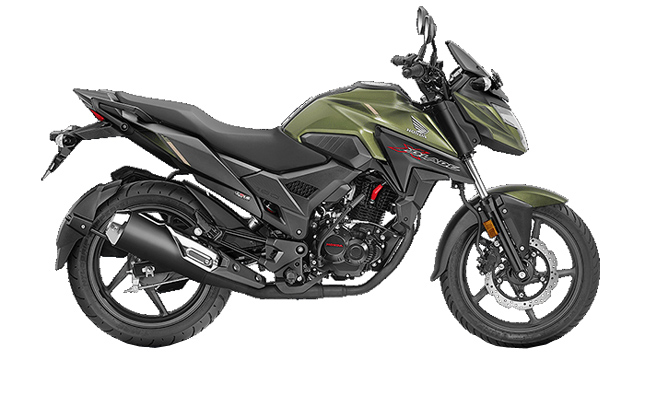 The Apache RTR 160 4V is the most powerful motorcycle to buy with loads of race developed technology going into it. The Honda X-Blade on the other hand is the least powerful and least equipped bike amongst the three, yet offers incredible comfort for short and long hauls on the saddle. The Bajaj Pulsar NS 160 is a mix of both, and can handle pretty much everything thrown at it. It's got the power as well as comfort, but lacks a tad bit in terms of equipment to the Apache. All three are great motorcycles in the segment, and potential buyers are spoilt with choice. The Apache RTR 160 4V is priced at Rs. 81,490 (ex showroom Delhi), Bajaj Pulsar NS 160 at Rs. 80,128 (ex showroom Delhi) and the Honda X-Blade 160 at Rs. 78,500 (ex showroom Delhi).
The Apache RTR 160 4V is the most powerful motorcycle to buy with loads of race developed technology going into it. The Honda X-Blade on the other hand is the least powerful and least equipped bike amongst the three, yet offers incredible comfort for short and long hauls on the saddle. The Bajaj Pulsar NS 160 is a mix of both, and can handle pretty much everything thrown at it. It's got the power as well as comfort, but lacks a tad bit in terms of equipment to the Apache. All three are great motorcycles in the segment, and potential buyers are spoilt with choice. The Apache RTR 160 4V is priced at Rs. 81,490 (ex showroom Delhi), Bajaj Pulsar NS 160 at Rs. 80,128 (ex showroom Delhi) and the Honda X-Blade 160 at Rs. 78,500 (ex showroom Delhi).OVERALL WINNER- Apache RTR 160 4V
By: Aravind Rb





